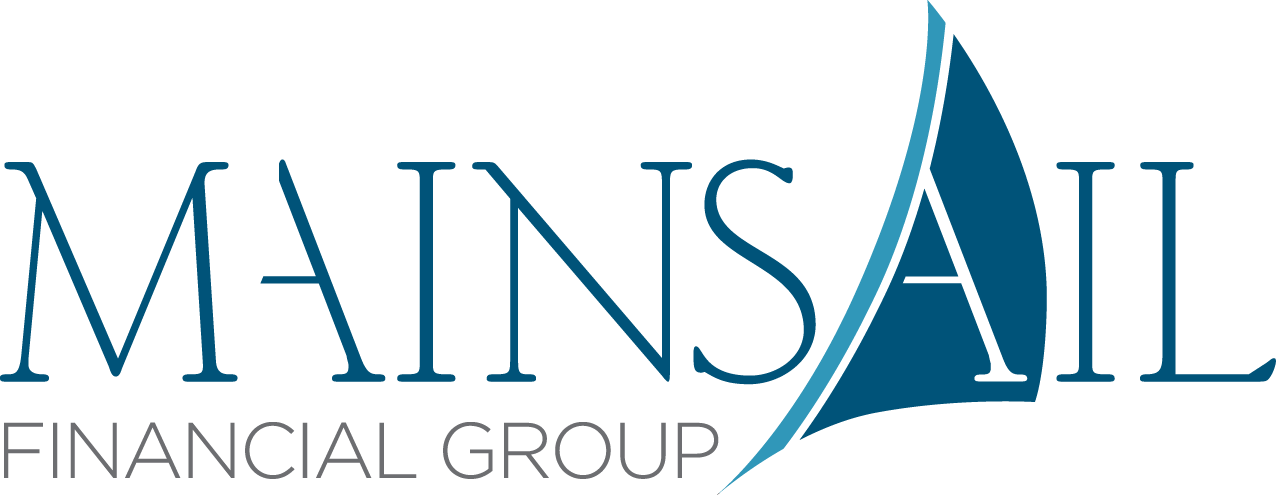SECURE Act 2.0: What You Need to Know in 2023
It’s official – the SECURE Act 2.0 passed on December 23, 2022 and many impacts will be felt right away in 2023 as the new legislation takes effect. Below, you’ll find some at-a-glance highlights of the new SECURE Act 2.0 and what this may mean for your financial and retirement planning ahead in 2023.
SECURE Act 2.0 At-a-Glance:
RMDs are pushed out further to age 73 in 2023 and 75 in 2033
Reduced penalties for missed RMDs
Employers are now allowed to offer matching and non-elective contributions to participant Roth plans
Employers are allowed to match 401(k) contributions to qualified student loan payments
Increased IRA and 401(k) catch-up limits
Required auto enrollment provisions in new retirement plans
Required Minimum Distributions (RMDs)
The SECURE Act in 2019 pushed back the age when you must take distributions from your retirement accounts from 70 and 1/2 to 72. Now, the SECURE Act 2.0 is pushing back the RMD age even further from 72 to 73 beginning in 2023 and increasing again to age 75 in 2033. For those who turned age 72 in 2022 or earlier, you will still need to continue your RMDs as originally scheduled. For those turning age 72 in 2023 and beyond, you will fall under the new SECURE Act 2.0 rules. We expect this to impact many of our clients, as we have many with significant RMDs and, therefore, considerable income tax liabilities on funds they may not actually need. With the starting age being pushed back for RMDs, the delayed requirement dates may now allow additional years to implement tax and other planning strategies before the required distributions begin.
With this change also comes a reduction in penalties. The SECURE Act 2.0 will reduce penalties for missed RMDs from 50% to 25%.
Are you prepared for taxes in retirement?
For more long term tax planning strategies, claim your FREE copy of Brandon’s book, Retire by Design!
Employer contributions
Part of the bill also allows for retirement plan participants to determine whether they would like their employer match to be set aside in the pre-tax or Roth side of their 401(k). As it stood previously, employer contributions were always made into the pre-tax portion of a 401(k), allowing a tax benefit to the employer for the contribution and no tax impacts to the participant. Now, employers will be allowed to offer an option for participants to determine if they would like the matching contributions and non-elective contributions to be made to the Roth side of the plan instead. Participants will be subject to income tax on these contributions if the employer does contribute to Roth, however.
Additionally, employers will be able to introduce a “match” program to 401(k)s based on qualified student loan payments. If the employer chooses to do so, this would allow those who may not be able to make both their student loan payments and contributions to a 401(k) to still take advantage of their 401(k) plan through employer matching.
Extra catch-up contributions
In IRA accounts, a provision allows for additional catch-up contributions based on a Cost-of-Living Adjustment (COLA) starting in 2024 to help keep up with inflationary impacts. For those who are between ages 60 to 63 there will be an additional annual catch up limit of $10,000 that will also be indexed to COLA beginning in 2025.
Are you making a critical retirement planning mistake?
To learn retirement distribution strategies and develop a thoughtful income strategy, click here to claim your FREE online course!
Additional Changes to Retirement Plans
The SECURE Act 2.0 will also create Roth versions of SEP and SIMPLE IRAs. Additionally, it will require auto enrollment provisions in new retirement plans moving forward. There is also a provision that will allow transfers from 529 Plans to Roth IRAs (but with significant restrictions.)
We hope this breakdown of the final changes to the SECURE Act 2.0 has been helpful. We think the items that will impact our clients the most are the extra catch-up contributions, the ability to establish your employer contributions as Roth, and also the RMD age being pushed back further. Additionally, the flexibility the new bill allows in tax planning strategies creates many opportunities. For those closer to retirement, and especially those closer to RMD age, the new bill allows a delayed fuse and time to fine tune your future tax liability. For those further from retirement, the ability to change how your employer contributions are taxed may create huge long term tax planning opportunities.
If you have any questions about how this may impact your retirement and financial planning specifically, please do not hesitate to get in touch with us today.

